Product Description
Haldol (Haloperidol) is a powerful neuroleptic medication from the butyrophenone class, widely used in psychiatry for its strong antipsychotic and antiemetic properties. It is primarily prescribed to manage acute and chronic psychotic conditions, particularly those involving agitation, hallucinations, delusions, and manic states. The drug is taken orally, typically about 30 minutes before meals, and may be administered with milk to reduce potential irritation of the stomach lining. Haldol is strictly used under medical supervision due to its potent central nervous system effects and is often recommended for patients with severe behavioral disturbances, Tourette’s syndrome, Huntington’s chorea, or persistent hiccups and vomiting, including those caused by cancer treatments. In some cases, it is also used preoperatively to manage nausea or agitation in high-risk patients.
Safety Information
Haldol is contraindicated in individuals with severe central nervous system depression from toxins, coma of any origin, or neurodegenerative diseases like Parkinson’s disease that involve pyramidal or extrapyramidal symptoms. It should not be used during pregnancy or breastfeeding unless the potential benefit clearly outweighs the risk. The medication is also not suitable for children under 3 years of age or individuals with known hypersensitivity to butyrophenone derivatives. Due to the intensity of its effects, Haldol must be used cautiously and only under the direction of a qualified healthcare provider.
Side Effects
Like many potent neuroleptic drugs, Haldol may cause a range of side effects, some of which can be serious or require close monitoring. Common neurological reactions include extrapyramidal symptoms, parkinsonism, muscle rigidity, restlessness, tremors, or involuntary movements such as oculogyric crises. Prolonged use may lead to tardive dyskinesia, late-onset dystonia, or the development of malignant neuroleptic syndrome. Cardiovascular side effects such as hypotension, arrhythmia, tachycardia, and ECG changes may also occur. Hematologic effects like leukopenia, agranulocytosis, or erythropenia are rare but possible. Endocrine and metabolic disturbances can include gynecomastia, menstrual irregularities, hyperprolactinemia, weight gain, or changes in libido. Patients may also experience visual disturbances (blurred vision, cataracts, retinopathy), dermatological reactions (acneiform rashes, photosensitivity, alopecia), and respiratory symptoms such as bronchospasm or laryngospasm. Monitoring and early management of side effects are crucial to ensure safe and effective use of Haldol.


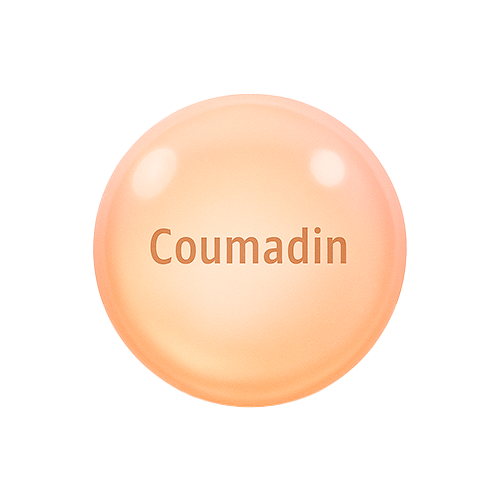
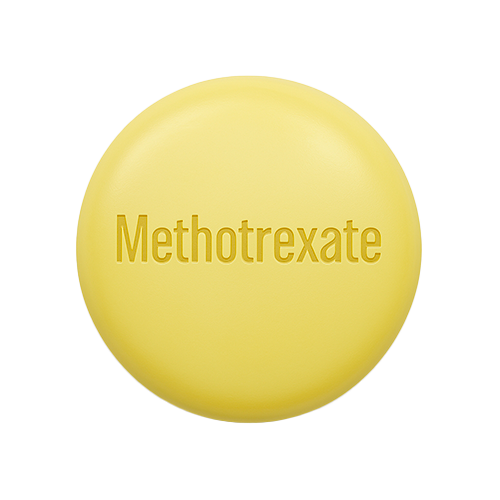
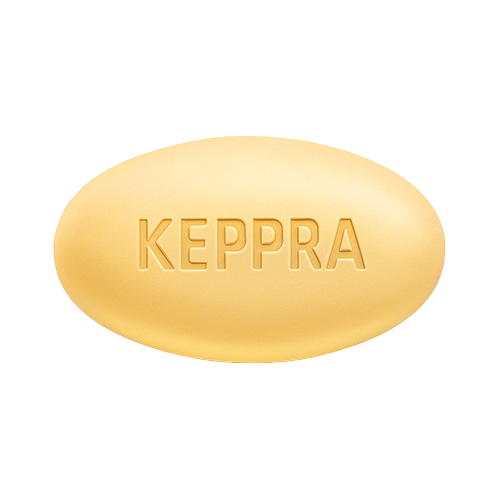
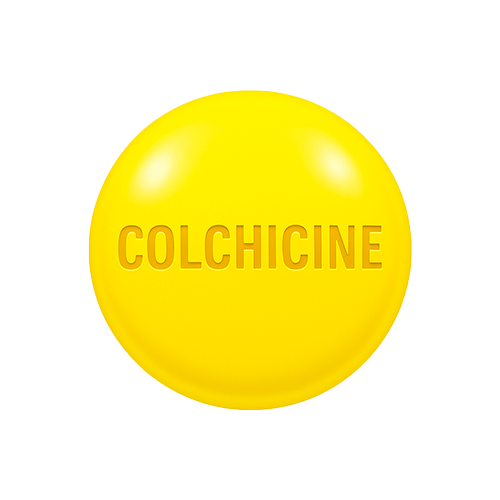
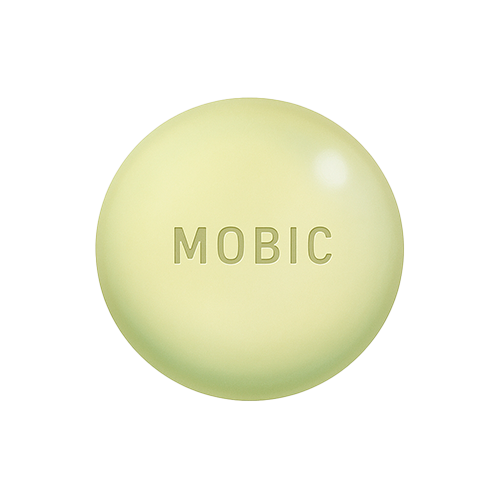


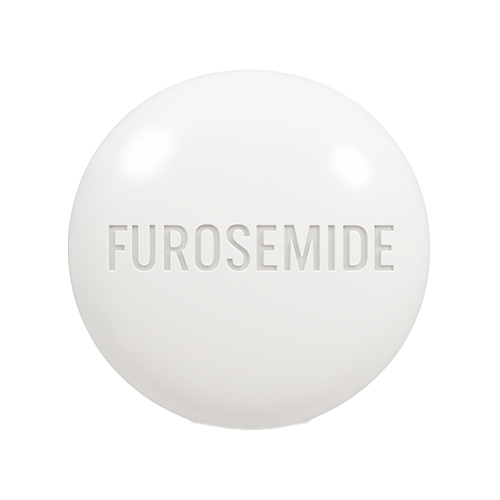
Reviews
There are no reviews yet.